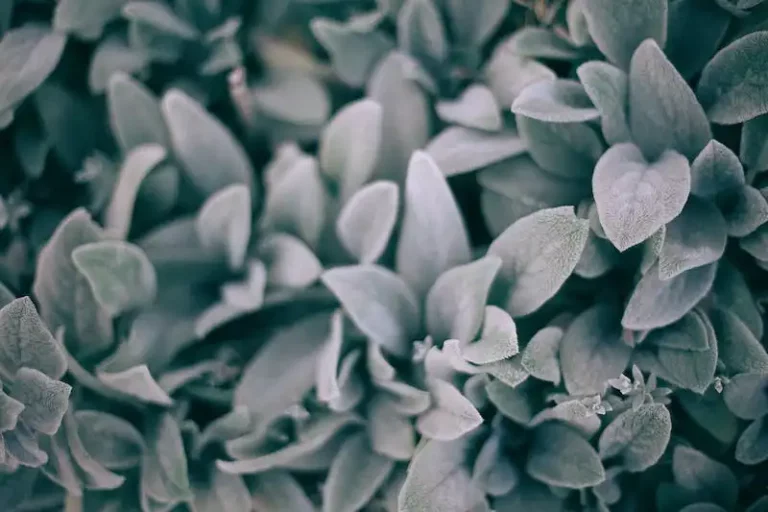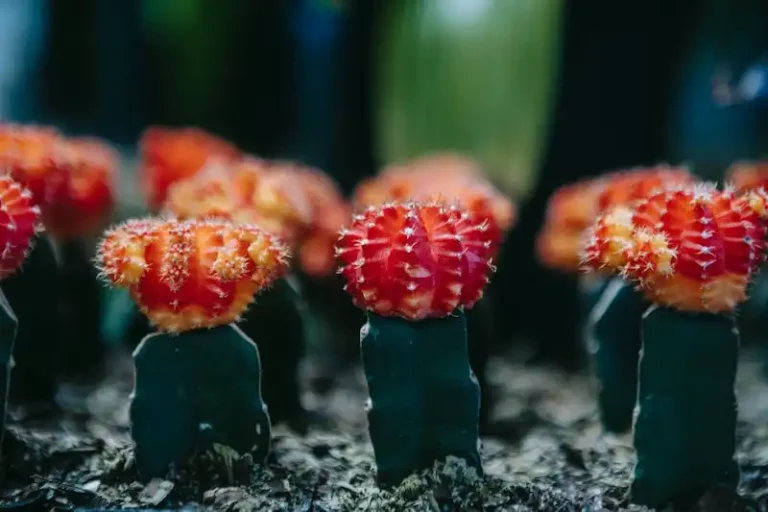When it comes to growing pumpkins, companion planting can be a great thing to consider. Companions are plants that are grown together in the garden because they help each other to grow and thrive. In the case of pumpkins, some of the best companions include petunias, cabbage, cucumber, beans, basil, lettuce, Japanese beetle, dill, sunflowers, marigolds, borage, and corn.
Petunias are a favorite companion plant for many gardeners because of their beautiful blooms. They not only add color and beauty to the garden, but also attract beneficial insects that will help pollinate the pumpkin flowers. Cabbage is another great companion for pumpkins, as it helps to repel insects that may be harmful to the pumpkins.
Beans, both pole and vining, are also good companions for pumpkins. They can be grown together because their foliage will provide shade for the pumpkin plants, helping to keep the soil cooler and moisture in. Additionally, beans fix nitrogen in the soil, which is beneficial for pumpkins.
Basil is another beneficial companion, especially when planted near pumpkins. Not only does it improve the flavor of pumpkins, but it also helps to repel pests. Lettuce and Japanese beetle are also good companions for pumpkins, as they attract beneficial insects and deter pests.
Dill is a wonderful companion for pumpkins because it attracts beneficial insects and adds nutrients to the soil. Sunflowers and marigolds are also beneficial companions for pumpkins because they attract pollinators and deter pests.
Borage is known as a great companion for pumpkins because it is a weed suppressor. It helps to keep the garden free from weeds, allowing the pumpkin plants to grow better. Corn is another good companion for pumpkins because its tall stalks provide shade for the pumpkins, benefiting their growth.
Overall, companion planting with pumpkins can be a great way to create a thriving and healthy garden. By choosing the right companions, you can attract beneficial insects, deter pests, improve soil quality, and enhance the flavor of your pumpkins. Consider planting some of these companion plants next to your pumpkins and watch them flourish!
Source: https://www.gardeningknowhow.com/edible/vegetables/pumpkin/companion-planting-with-pumpkins.htm
Pumpkins and Companion Planting
Companion planting is a gardening technique where different plants are planted together to benefit each other. In the case of pumpkins, companion planting can help improve their growth, yield, and overall health. By choosing the right companions, you can create a harmonious and productive garden.
1. Attracting Beneficial Insects
Pumpkins can attract beneficial insects that help control pests and pollinate flowers. Some great companions for pumpkins are marigolds, catnip, and mint. These plants attract ladybugs, bees, and other beneficial insects, which can help keep your pumpkin plants healthy and pest-free.
2. Nutrient Exchange
Companion plants can also help pumpkins by exchanging nutrients in the soil. For example, beans and peas are nitrogen-fixing plants that add nitrogen to the soil, which is essential for pumpkin growth. Planting beans or peas near your pumpkins can provide them with the nutrients they need to thrive.
3. Pest Control
Pumpkins are susceptible to pests like aphids, mites, and squash bugs. However, certain companion plants can help repel these pests. Planting marigolds, oregano, or dill near your pumpkins can deter pests and keep them at bay.
4. Shade and Support
Pumpkins have large, sprawling vines that need support and shade. Companion plants like corn or sunflowers can provide shade and support for pumpkin vines, as the tall stalks allow the pumpkin vines to climb and provide them with much-needed shade during hot summer days.
5. Weed Control
Companion plants can also help suppress weed growth in your pumpkin patch. Plants like cosmos, basil, and marjoram have dense foliage that can shade out weeds and prevent them from taking over your pumpkin patch. This can help reduce the need for excessive weeding and save you time and effort.
| Companion Plants for Pumpkins | Benefit |
|---|---|
| Marigolds | Repels pests |
| Catnip | Attracts beneficial insects |
| Mint | Attracts beneficial insects |
| Beans and Peas | Exchange nutrients |
| Oregano | Repels pests |
| Dill | Repels pests |
| Cosmos | Suppresses weeds |
| Basil | Suppresses weeds |
| Marjoram | Suppresses weeds |
Companion planting with pumpkins is a wonderful way to maximize the potential of your garden. By choosing the right companions, you can create a diverse and thriving ecosystem right in your backyard. Whether it’s attracting beneficial insects, improving soil nutrients, controlling pests, providing shade and support, or suppressing weeds, companion plants are a valuable resource for any pumpkin-grower.
Pumpkin Growing Companions Learn About Companion Planting With Pumpkins
When it comes to growing pumpkins, companion planting can be a beneficial gardening practice. By strategically planting certain plants alongside your pumpkins, you can create a symbiotic relationship that promotes healthy growth.
1. Nasturtiums and Calendula
Nasturtiums and calendula are two plants that make great companions for pumpkins. Both of these plants have bright, vibrant flowers that attract pollinators, which can help increase pumpkin yields. Additionally, nasturtiums are known to repel pests, such as aphids and squash bugs, that can harm pumpkin plants.
2. Cucumber and Pole Beans
Planting cucumbers and pole beans with pumpkins is another great option. Cucumbers and pole beans can provide some shade and ground cover for pumpkins, which can help prevent weed growth and keep the soil moist. In return, pumpkins can provide a trellis for the cucumbers and pole beans to climb, maximizing growing space.
3. Marigold and Catnip
Marigolds and catnip are two more companion plants that can benefit pumpkins. Marigolds are known to repel pests that can harm pumpkin plants, such as nematodes and beetles. Catnip, on the other hand, can attract beneficial insects like bees, which can help with pollination.
4. Chives and Basil
Chives and basil are herbs that make great companions for pumpkins. Chives can help deter pests like aphids and mites, while basil can attract beneficial insects like bees and butterflies. Additionally, both chives and basil can be harvested and used in cooking, providing a tasty bonus for the home gardener.
5. Borage and Tansy
Borage and tansy are two plants that can attract beneficial insects to your pumpkin garden. Borage, with its blue flowers, is known to attract bees and other pollinators. Tansy, on the other hand, can attract butterflies. Both of these plants can help create a thriving ecosystem that supports pumpkin growth.
6. Cosmos and Sunflowers
Cosmos and sunflowers are tall flowers that can provide some shade to pumpkins, particularly when they are still small and vulnerable. These flowers can also attract beneficial insects and provide a beautiful backdrop to a pumpkin patch.
7. Cabbage and Scorpion Grass
While it may seem counterintuitive, planting cabbage alongside pumpkins can actually benefit both plants. Cabbage plants can help repel pests that are attracted to pumpkins, such as aphids and cabbage worms. Scorpion grass, also known as viper’s bugloss, has deep roots that can help improve the soil structure around pumpkin plants.
8. German Chamomile and Marjoram
German chamomile and marjoram are both medicinal herbs that can be planted near pumpkins. German chamomile has small white flowers that can attract beneficial insects, while marjoram can help repel pests like aphids and ants. These herbs not only provide pest control but can also be harvested for their medicinal properties.
In conclusion, companion planting with pumpkins can provide numerous benefits. By strategically selecting plants that complement and support pumpkin growth, you can create a thriving garden ecosystem that not only produces better fruits and vegetables but also attracts beneficial insects and repels pests. Make sure to consider these companions when planning your next pumpkin growing adventure!
Pumpkin Growing Companions
When it comes to growing pumpkins, it’s important to consider the plants that can be grown alongside them. Companion planting is a technique that involves planting different plants together to benefit each other in various ways. Some plants can provide shade, attract beneficial insects or repel pests, while others can improve soil fertility or provide support for sprawling vines.
Here are 15 pumpkin growing companions that every gardener should know:
| Companion plants | Benefits |
|---|---|
| Sunflowers | They can provide shade for pumpkins, preventing the soil from drying out and keeping the temperature cooler. |
| Tansy | A natural insect repellent that can keep pests, such as squash bugs, away from your pumpkins. |
| Marigold | Repels nematodes, a type of parasitic worm that can damage pumpkin roots. |
| Clover | Acts as a living mulch, suppressing weeds and providing nitrogen to the soil. |
| Chamomile | Attracts beneficial insects like hoverflies, which feed on aphids that can harm pumpkin plants. |
| Corn | Can provide a natural trellis for pumpkin vines to climb. |
| Pole beans | Their vines can provide support for pumpkin vines, minimizing the need for additional structures. |
| Calendula | Attracts pollinators like bees that help to fertilize pumpkin flowers and increase fruit production. |
| Peas | Fix nitrogen in the soil, which is a valuable nutrient for pumpkin growth. |
| Nasturtiums | Provide a natural deterrent for pests like aphids, slugs, and beetles. |
| Petunias | Attract beneficial insects and add a splash of color to your pumpkin patch. |
| Cabbage family plants (cabbage, kale, broccoli) | Can be used to create a natural barrier against pests that may attack pumpkins. |
| Beets | Helps to improve soil fertility by adding organic matter and releasing nutrients as they decay. |
| Chives | Possess natural fungicidal and insecticidal properties that can protect pumpkin plants. |
| Cucumber | Can be grown together to make efficient use of garden space and provide mutual shade. |
By planting these companions alongside your pumpkins, you can create a more productive and healthier garden. Remember to read and follow the specific planting instructions for each plant to ensure optimal growth and success. Happy gardening!
(Источник: Pumpkin Growing Companions – Learn About Companion Planting With Pumpkins)


